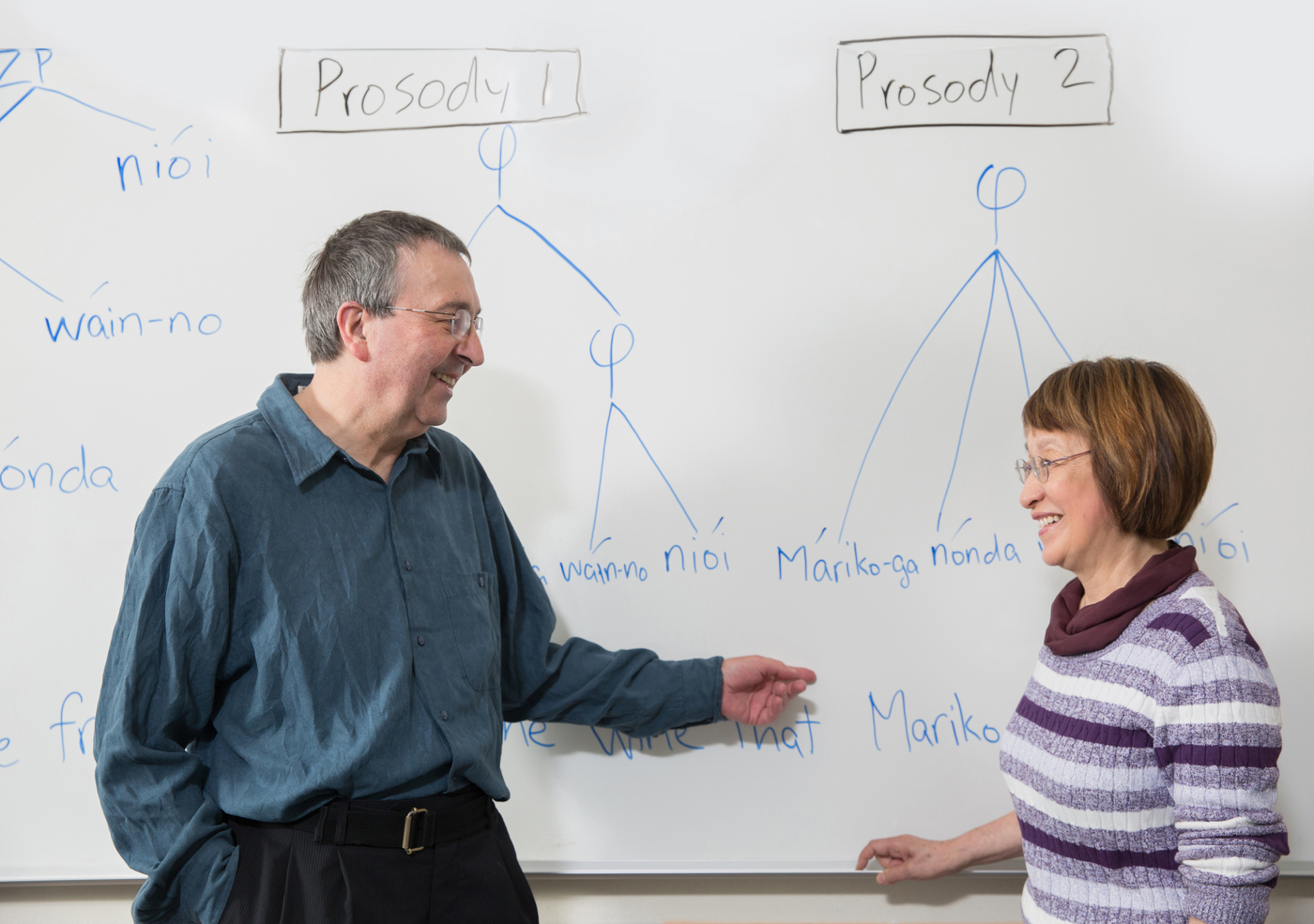The grammatical structure of a sentence (syntax) influences the way it is pronounced (prosody), but prosody does not perfectly mirror syntax. Work on the syntax-prosody interface tries to model the range of mappings from syntax to prosody. Both the prosodic and the syntactic structure of a sentence can be fruitfully understood as tree structures, and so a short sentence can be parsed into many, many possible prosodic structures. In order to say which prosodic result is “best” (optimal according to a set of ranked constraints), as required by the widely used framework of Optimality Theory, every possible such tree must be considered and evaluated.
The SPOT application (implemented in JavaScript with an html GUI) is a tool for automatically generating and evaluating all possible prosodic parses of a string of words. Using SPOT enables the syntax-prosody analyst to be confident that they are not leaving out a crucial candidate that will break the analysis, and be sure that they haven’t made an addition mistake somewhere in counting up violations. SPOT is designed to be paired with OTWorkplace or other software for calculating ranking information and factorial typologies, in order to develop a complete and rigorous analysis.
Code available on Github [https://github.com/syntax-prosody-ot]
GUI accessible here: [https://people.ucsc.edu/~jbellik/spot/interface1.html]

